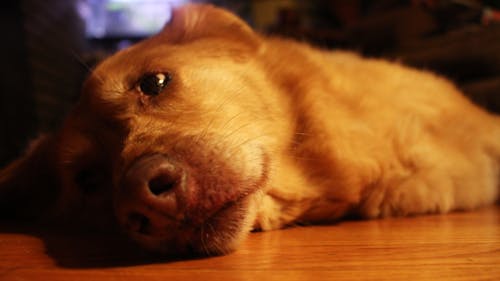How did we domesticate animals?

Plants and animals have been domesticated for thousands of years, becoming an integral part of society over this time.
Through the process of domestication, wild plants and animals became adapted for human use. They are raised for food, work, medication and more, according to the website for the National Geographic Society.
The first domesticated organisms were plants, grown by humans about 10,000 years ago in ancient Mesopotamia. People would take seeds and plant them in fertile areas, harvesting the crop that grew weeks or months later.
Some of the first plants domesticated in Mesopotamia include wheat, barley and peas. Other regions of the world also began to grow rice and potatoes.
In addition to being used as food, plants found use as fibers and ornaments. Cotton was grown to make cloth, and various flowers were grown to be used as decoration, according to National Geographic.
Animals were domesticated around the same time that plants were, and were able to be raised to later get their hide and meat. The first domesticated animals were goats and sheep, followed by chickens and later by larger animals like horses, according to Natioal Geographic.
The domestication process for animals is much more difficult than it is for plants, as it relies heavily on the behavior and mannerisms of the animal. Herbivorous animals that graze, for instance, are simpler to raise because they do not require a special diet.
Grazing animals only need to feed on grass, while herbivores that eat grains need to have those grains domesticated and grown for them. Grains are also a valuable asset to agriculture, so the animals feeding on them must be more valuable than the grains themselves.
Animals have been domesticated and bred to portray certain traits, such as disease resistance, docility and ability to survive in unique climates, according to National Geographic.
Domesticated cats, dogs and cows can be found while domesticated zebras and tigers are not, as only a few of the many wild animals in the world can become domesticated animals. according to livescience.com.
To be domesticated, an animal cannot be a picky eater. They have to be able to survive on food in and around human settlements, such as grass and meat scraps, according to the site.
Second, they have to be able to grow and mature faster than a human. If they take too long to develop, then there is no reason to waste time to raise them before they can be put to work, according to the site.
Next, they have to be able to breed while captive. Some animals need large areas to survive and breed, and being in an enclosure might not be ideal for them. In addition, they have to be able to recognize a human as their group leader, according to the site.
Further, they cannot have a panic instinct that causes them to run away from danger. If they do, anything that startles them would have them run away and make them difficult to herd, according to the site.
Finally, they have to be submissive, so humans can actually get close enough to interact with them without being in danger. For example, cows and sheep are very submissive while buffalo are dangerous and, therefore, rarely domesticated, according to the site.
Domesticated animals can bear little resemblance to their ancestors, as the traits selected for them might not be common in the wild ancestor. An example of this is dogs being very different from wolves, which they were domesticated from, according to the National Geographic Society website.
Another example of this includes chickens, which are typically small and lay very few eggs in the wild. Domesticated chickens, on the other hand, can weigh up to 17 pounds and lay more than 200 eggs every year, according to the site.
As a result of domestication, civilization was able to progress as people no longer had to struggle to hunt for animals and gather plants. Due to this, fewer people were needed to get food so others could learn more specialized skills, according to the site.
Having a stable, predictable source of food helped populations grow, so areas around domesticated plants and animals were the most sizeable. With larger populations and specialized workers, effort could be committed towards developing tools, according to the site.
The first tools revolved around agriculture. After building hand tools from stone, metal tools were developed to create plows for field animals.
Harshel Patel is a School of Arts and Sciences junior majoring in molecular biology and biochemistry. He is the digital editor of The Daily Targum. He can be found on Twitter @harshel_p.



